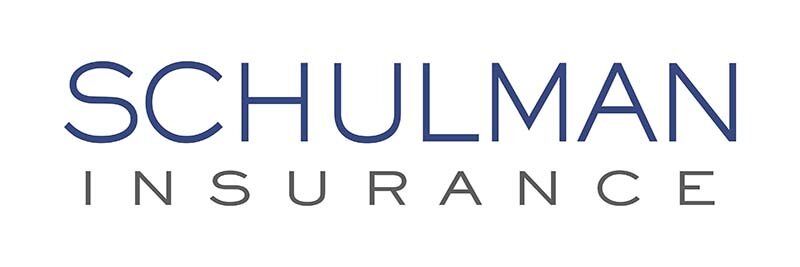IRS Addresses Tax Treatment of Work-Life Referral Services
In a recent Fact Sheet FAQ, the Internal Revenue Service (“IRS”) clarified the tax treatment of certain work-life referral (“WLR”) services provided by employers. The FAQ explains that where the WLR services are incorporated into an employee assistance program (“EAP”) or otherwise bundled with other types of services, the value of the WLR services may be excluded from employees’ income as a de minimis fringe benefit.
Background
WLR Programs
As described in the FAQ, a WLR program is an employer-funded fringe benefit that provides WLR services to eligible employees. WLR services are defined as informational and referral consultations that assist employees with identifying, contracting, and negotiating with life-management resources for solutions to a personal, work, or family challenge. These services are sometimes referred to as caregiver or caretaker navigation services. Examples of WLR services include:
• Identifying appropriate education, care, and medical service providers
• Choosing a child or dependent care program
• Navigating eligibility for government benefits
• Evaluating and using paid leave programs
• Locating home services professionals for family members with special needs
• Navigating private and public service programs
• Connecting employees with local retirement and financial planning professionals
De Minimis Fringe Benefits
In general, for federal tax purposes, a fringe benefit provided by an employer to an employee is presumed to be income to the employee unless it is specifically excluded by a section of the Internal Revenue Code (“Code”).
The Code excludes from gross income and employment taxes any fringe benefit that qualifies as de minimis fringe. A de minimis fringe benefit is defined as any property or service, the value of which is (after taking into account the frequency with which similar fringes are provided to employees) so small as to make accounting for it unreasonable or administratively difficult. The Code requires the employer to establish the frequency with which it provides fringe benefits to individual employees (employee-measured frequency).
If the employer can establish that it is administratively difficult to determine employee-measured frequency, it may instead reference the frequency by which it provides fringe benefits to the workforce as a whole (employer-measured frequency). It is important to note that cash and cash equivalents (such as gift cards) do not qualify as de minimis fringes.
Application to WLR Programs
In the FAQ, the IRS explains that the value of employer-provided WLR services can be excluded from employees’ gross income as a de minimis fringe benefit, and thus not subject to U.S. income and employment taxes.
The IRS only addressed WLR services when they are incorporated into an EAP or otherwise bundled with other types of services offered by the employer. The FAQ expressly declined to address the direct or indirect payment for life-management services or other non-WLR services offered through an EAP or that may be bundled with a WLR program.
Employer Action
The IRS notes that the Fact Sheet FAQ is intended to provide general information and will not be relied on to resolve any cases. However, if the FAQs turn out to be an inaccurate statement of the law, taxpayers who reasonably relied on them in good faith will not be subject to a penalty that provides a reasonable cause standard for penalty relief.
Employers who offer WLR services through an EAP or bundled with other services may continue to do so without including the value of the services in employees’ gross income. However, there may be tax concerns if life-management services are purchased directly through a vendor and provided to employees, or if employees are reimbursed for life-management services that they receive outside of an employer-provided program.
Many vendors promoting life management programs offer benefits that go beyond the WLR services described in this FAQ. Employers offering these benefits should work carefully with their vendor to ascertain the scope of the services offered. Employers may need to consult with their tax advisor to determine the tax implications of offering these benefits.
